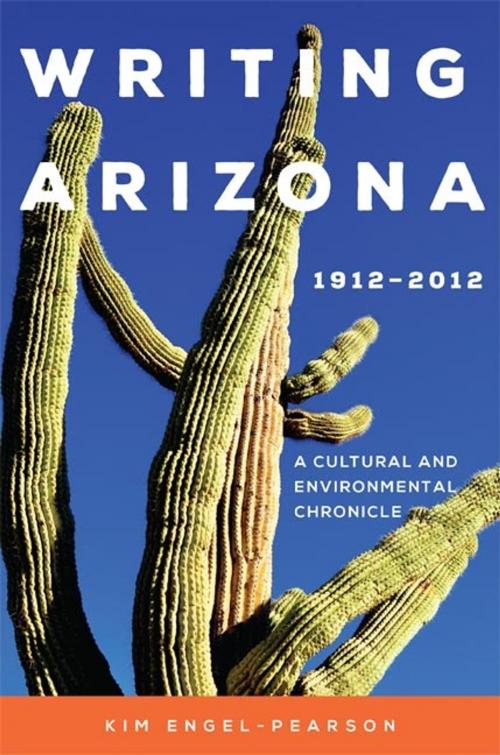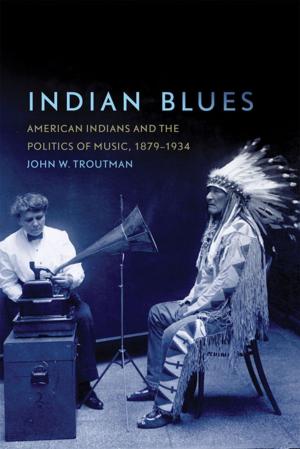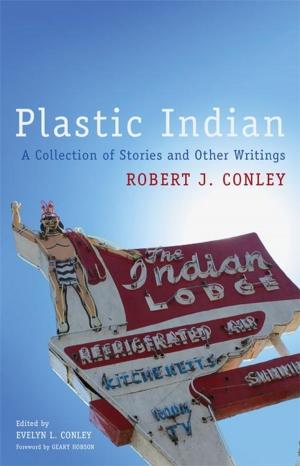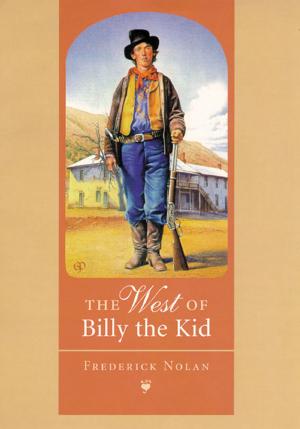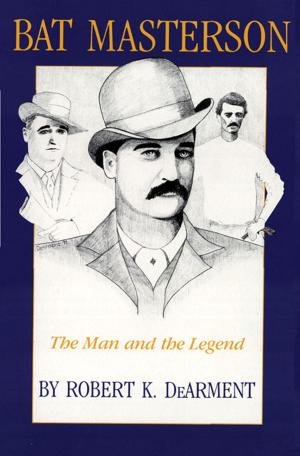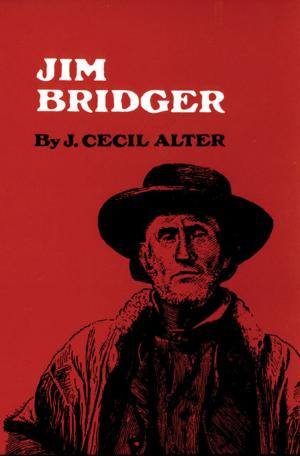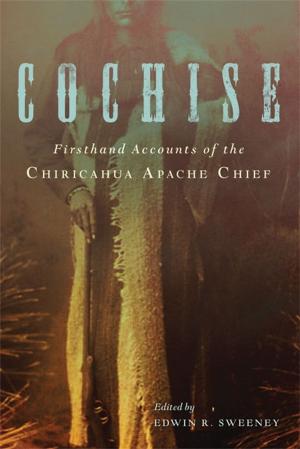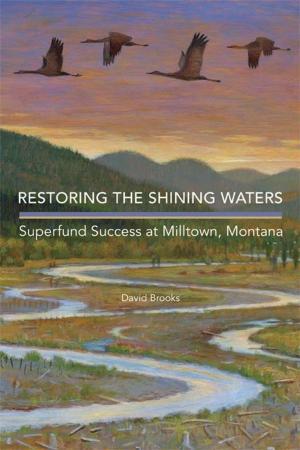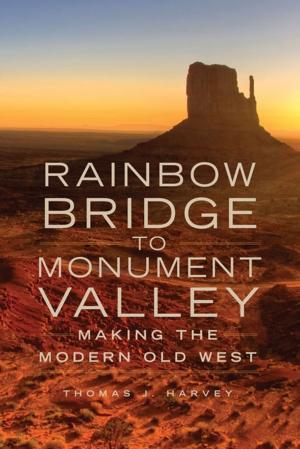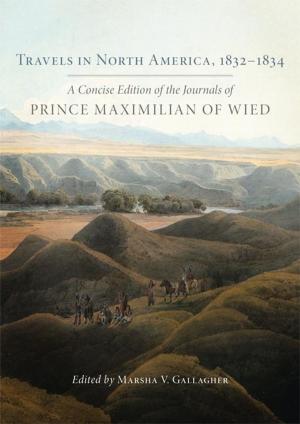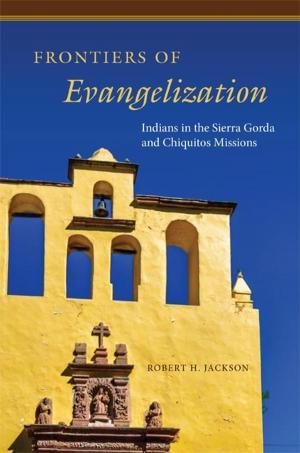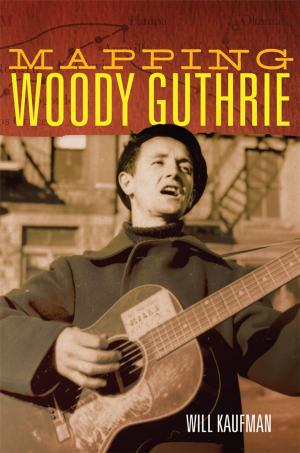Writing Arizona, 1912–2012
A Cultural and Environmental Chronicle
Nonfiction, History, Americas, United States, 20th Century| Author: | Kim Engel-Pearson | ISBN: | 9780806159188 |
| Publisher: | University of Oklahoma Press | Publication: | September 28, 2017 |
| Imprint: | University of Oklahoma Press | Language: | English |
| Author: | Kim Engel-Pearson |
| ISBN: | 9780806159188 |
| Publisher: | University of Oklahoma Press |
| Publication: | September 28, 2017 |
| Imprint: | University of Oklahoma Press |
| Language: | English |
From the year of Arizona’s statehood to its centennial in 2012, narratives of the state and its natural landscape have revealed—and reconfigured—the state’s image. Through official state and federal publications, newspapers, novels, poetry, autobiographies, and magazines, Kim Engel-Pearson examines narratives of Arizona that reflect both a century of Euro-American dominance and a diverse and multilayered cultural landscape.
Examining the written record at twenty-five-year intervals, Writing Arizona, 1912–2012 shows us how the state was created through the writings of both its inhabitants and its visitors, from pioneer reminiscences of settling the desert to modern stories of homelessness, and from early-twentieth-century Native American “as-told-to” autobiographies to those written in Natives’ own words in the 1970s and 1980s. Weaving together these written accounts, Engel-Pearson demonstrates how government leaders’ and boosters’ promotion of tourism—often at the expense of minority groups and the environment—was swiftly complicated by concerns about ethics, representation, and conservation.
Word by word, story by story, Engel-Pearson depicts an Arizona whose narratives reflect celebrations of diversity and calls for conservation—yet, at the same time, a state whose constitution declares only English words “official.” She reveals Arizona to be constructed, understood, and inhabited through narratives, a state of words as changeable as it is timeless.
From the year of Arizona’s statehood to its centennial in 2012, narratives of the state and its natural landscape have revealed—and reconfigured—the state’s image. Through official state and federal publications, newspapers, novels, poetry, autobiographies, and magazines, Kim Engel-Pearson examines narratives of Arizona that reflect both a century of Euro-American dominance and a diverse and multilayered cultural landscape.
Examining the written record at twenty-five-year intervals, Writing Arizona, 1912–2012 shows us how the state was created through the writings of both its inhabitants and its visitors, from pioneer reminiscences of settling the desert to modern stories of homelessness, and from early-twentieth-century Native American “as-told-to” autobiographies to those written in Natives’ own words in the 1970s and 1980s. Weaving together these written accounts, Engel-Pearson demonstrates how government leaders’ and boosters’ promotion of tourism—often at the expense of minority groups and the environment—was swiftly complicated by concerns about ethics, representation, and conservation.
Word by word, story by story, Engel-Pearson depicts an Arizona whose narratives reflect celebrations of diversity and calls for conservation—yet, at the same time, a state whose constitution declares only English words “official.” She reveals Arizona to be constructed, understood, and inhabited through narratives, a state of words as changeable as it is timeless.
